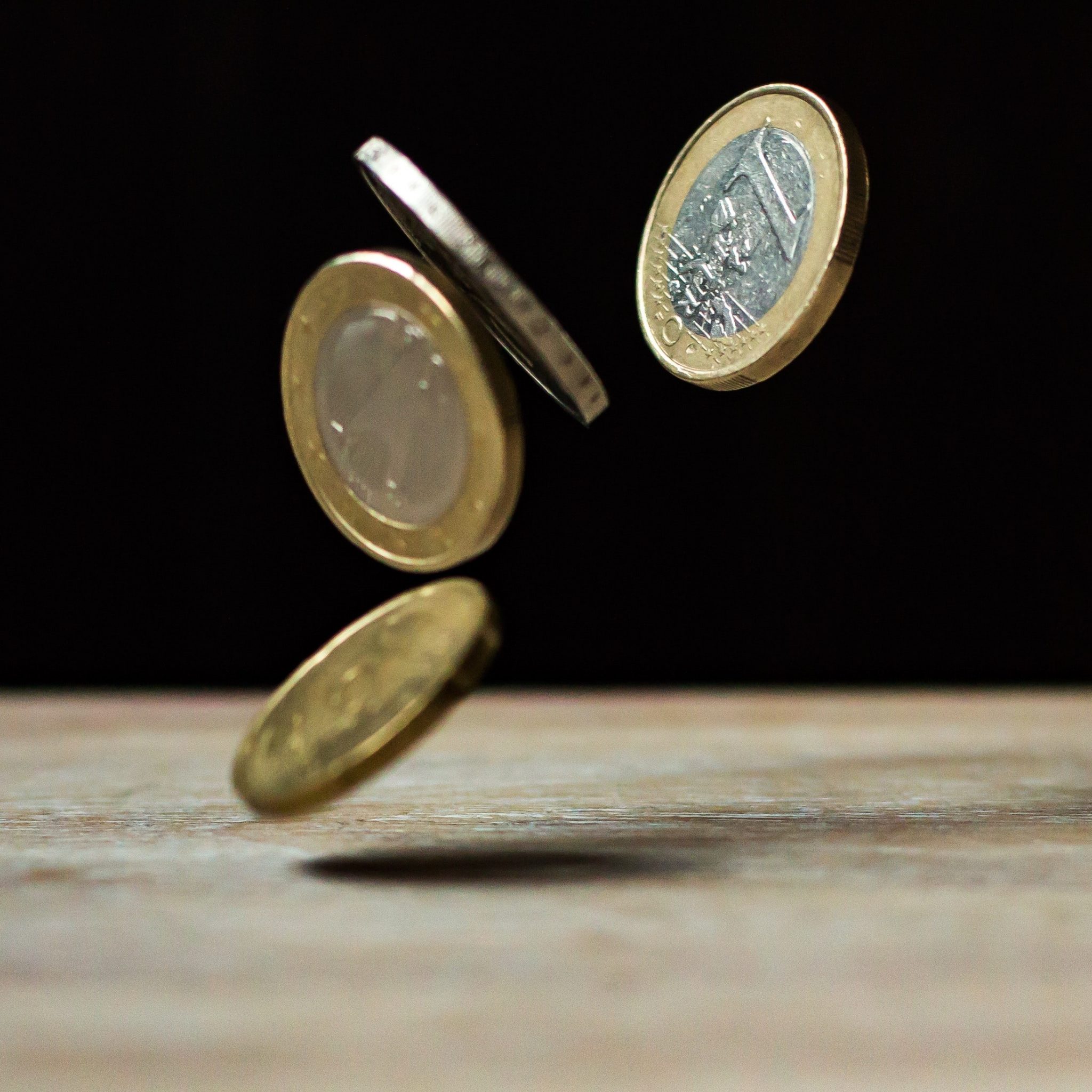-
- Jan 12 2015
-
Kimberly Van Landingham

- 0
Optimism for Europe — US export target
Article by Kimberly VanLandingham, published January 12, 2015.
6 Reasons to consider Europe as a target for US export.
US economists continue to condemn Europe, but there is also a positive side. Here are 6 reasons for B2B companies to look toward Europe as a place to expand exports:
1. The European Union is still the largest single market place in the world.
Based on 2013 nominal GDP, as 2014 is not yet available (Reference the World Bank), the European Union (EU) is the largest economy in the world. Europe is a collection of countries with various languages and cultures, but the EU has pulled these countries together into a union, a single large marketplace, designed to enhance trade. The EU was created to enable the free movement of people and goods, align regulations and reduce corruption. This is an ongoing process and there are still some exceptions, but in most cases when a product complies with the EU regulations and may legally sell in one EU country, it can also be sold throughout the EU. (See EU legislation summaries for details.)
2. Prices are typically higher.
Those traveling between the US and Europe will notice that many items are simply more expensive in Europe. Whether you’re buying gasoline or CLIF bars, you’ll pay about 2X the price in Europe. (Reference the US Energy Administration Information for gas prices.) Although some of the price difference is due to different tax levels, not all. Currency of course affects pricing and profitability, but generally western Europe labor, admin and energy costs are higher than US costs, making Europe a higher priced market. B2B prices for globally sourced materials often float with global exchange rates. Based on our experience, B2B prices tend to be atleast 10% higher in Western Europe versus the US, excluding taxes and currency.
3. The Euro is at a 9-year low versus the dollar.
If you want to make an investment in Europe, keep your eye on the exchange rate. This could be a good time to buy property or transfer dollars to establish a legal entity. Note that current exchange rates are still well-off the 2001 low of 0.82 US dollar to the euro. (Reference historical exchange rates.)
Further, governments are interested in anything that will increase employment, so now is the time to negotiate a tax break along with your investment.
4. Relationships that last.
Business relationships last longer in Europe. Instead of speed-dating suppliers, European companies tend to choose their suppliers for long-term relationships. The buying cycle may be a bit longer, but once you’ve proven your credibility and your product’s worth, your competitors are unlikely to take business by simply lowering the price. Note: Don’t bother trying to take business from a strong European competitor simply by giving a little lower price. Make sure that you have real value or innovation to offer.
5. The game is played on the table, rather than under it.
The EU was designed to reduce or eliminate corruption. According to Transparency International, Switzerland, Norway and much of the northern EU have a higher perception versus corruption than the US. As mentioned above, the EU makes the rules clear and the EU countries are playing by those rules.
6. You can’t paint Europe with one brush.
Europe is a wonderfully diverse sea of colorful countries, languages, cultures and economies. Europe GDP, nor this article, fully describe so many different markets. The economy, prices, costs, value for quality, business relationships structure and corruption vary drastically across Europe. Only delving into each market and the ebbs and flows enables you to see the opportunities as they rise and fall. There is still growth in some industries and in some countries. Further, not all products rely on growth as the key business driver. While economic indicators may be falling, opportunities for many products are rising.
Kimberly VanLandingham is a guru in international market development for B2B companies, specializing in US/Europe. She started European Market Link SARL after 20+ years with DuPont Company in functional, regional, global and corporate management. American born and educated, Kimberly has been living in Europe for the last 14 years, where she leads market development projects and speaks on B2B regional development, business culture, and international business communications.
